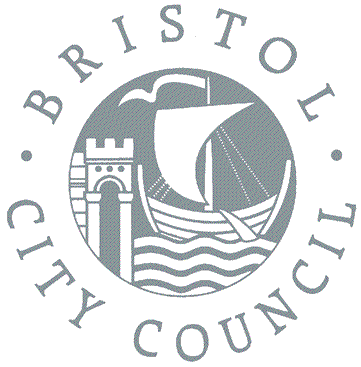Bristol Old Vic Theatre
Archaeological monitoring of a major renovation programme at the Bristol Old Vic Theatre on King Street has revealed evidence of activity on the site from the medieval period onwards. Details of the original layout and structure of theatre itself, which was built in 1766 and is the oldest continually operating theatre in the country, have also been uncovered.

The auditorium, prior to lifting the floor joists in the stalls
Prior to the construction of the theatre, the site lay towards the back of a medieval property fronting Baldwin Street and lay immediately to the north of the ‘Marsh Wall’, which was built as part of the city’s defences in the later 13th century. The earliest detailed plan of the site shows it as relatively undeveloped in the mid-18th century, probably due to the site’s low-lying and flood-prone position. However, the presence of postholes, a possible beamslot and a possible robbed out stone wall, all containing late medieval pottery, suggest there may have been earlier structures on the site. A large linear feature, probably a ditch, has also been identified. This feature contained finds which suggest it was probably backfilled when the site was levelled prior to the construction of the theatre in 1766.

A timber beam resting on stone foundations that would have supported the original stage front
The theatre was originally known as the Theatre Royal and although it has been continually modified in the two and a half centuries in which it has operated, it still retains much of its original layout and appearance. Significant alterations include the addition of a third tier of seating in 1800, new entrance arrangements and changes to the stage in 1881, and the replacement of the original entrance building in 1902. A major re-building programme was also undertaken in 1972, which included the replacement of the 1902 entrance building and the original back of stage. The Cooper’s Hall, built in 1744 with a Palladian façade fronting King Street, was also renovated and incorporated into the theatre as its new entrance in 1972.
Archaeological work has revealed much of the original layout of the ground floor in the auditorium. This shows that the stage originally projected forwards in a similar manner to earlier Elizabethan theatres such as Shakespeare’s Globe. Stone foundations defining the original orchestra pit in front of the stage, and walls built to support a raked timber floor in the stalls, have also been uncovered. Beneath the stage and along the pit passages an extensive original flagstone floor has also been revealed. Numerous structural and decorative details have also been uncovered in other parts of the building, most notably two original wooden staircases linking the Dress Circle and Upper Circle which were hidden beneath two later sets of steps.

Foundations of the original floor and orchestra pit in the stalls
Finds include a large quantity of 17th and 18th century pottery, clay tobacco pipes and food waste in the form of animal bones and oyster shells, much of which has been recovered from amongst the rubble dumped by the builders of the original theatre.
Work at the Old Vic Theatre is currently ongoing and it is hoped that further details of the development of the theatre and evidence of earlier activity on the site will be revealed as the development progresses.
Tags: bristol, post-medieval, theatre
- Categories
- Events
Excavations
Finds
Survey
BaRAS is registered as an organisation with the Chartered Institute for Archaeologists
All material © copyright BaRAS 2004 – 2016




